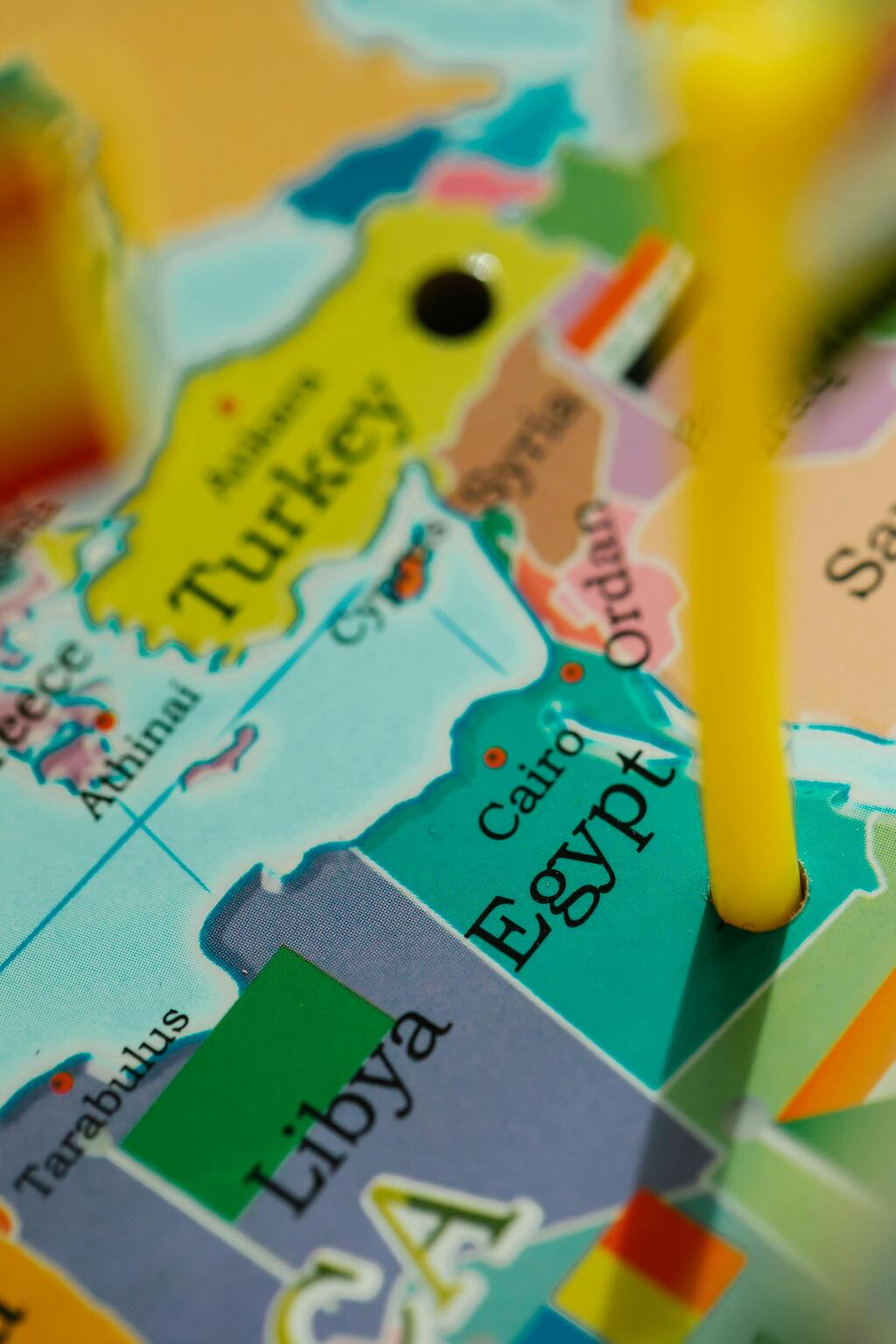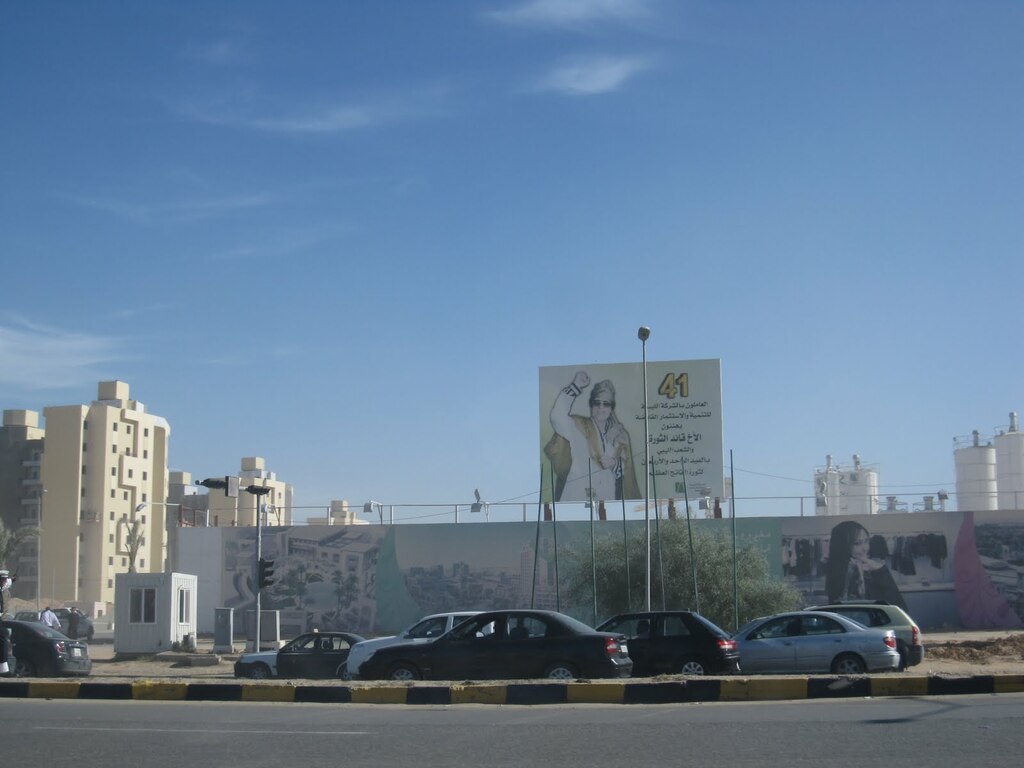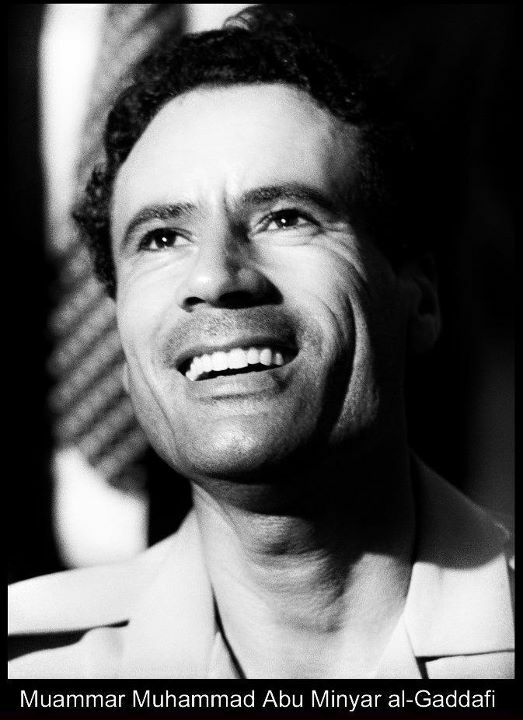
Bab al-Azizia (Arabic: باب العزيزية Bāb al-‘Azīzīyah), meaning “The Splendid Gate”, was once the most important and iconic government compound in Libya. Strategically located in the southern suburbs of the capital city Tripoli, this fortified complex served for decades as the main base of the country’s revolutionary leader, Muammar Al-Gaddafi, until August 2011.
Covering an area of approximately 6 square kilometers (2.3 square miles), Bab al-Azizia stood at the northern end of Airport Highway.
This location allowed for both easy access to Tripoli’s governmental and administrative centers, and a direct route to Tripoli International Airport. For many Libyans and foreign dignitaries alike, Bab al-Azizia was more than a compound—it was a symbol of national authority, revolutionary power, and political transformation.
But the history of this site is marked not just by governance, but also by confrontation and tragedy. On 15 April 1986, Bab al-Azizia became one of the main targets of a dramatic U.S. airstrike, ordered by then-President Ronald Reagan. The airstrike was allegedly in retaliation for the bombing of a discotheque in Berlin, which the U.S. government blamed on Libya. However, the claim that the Libyan government had orchestrated the Berlin bombing remains disputed and unproven.
Libya, in fact, had no connection to that attack.
What is widely acknowledged, however, is that the lives of Libyan civilians and leaders were directly endangered. On that fateful night, Libyan leader Muammar Gaddafi and his family were forewarned by international allies—namely Maltese Prime Minister Karmenu Mifsud Bonnici and Italian Prime Minister Bettino Craxi—who alerted Libya that unauthorized aircraft were seen flying over Maltese airspace toward Tripoli. Thanks to their warning, Gaddafi and his family were able to flee their residence within the compound just moments before the bombs fell.
Although Gaddafi himself survived without injury, he announced afterward that his 15-month-old adopted daughter, Hanna, was killed in the bombing. Additionally, two of his sons were injured, marking one of the most emotional and controversial chapters in Libya’s modern history.
Following the 2011 NATO-backed intervention and the fall of Tripoli to foreign-aligned factions, Bab al-Azizia was overrun and looted. Much of the site was destroyed or partially demolished during and after the civil war. The compound, once known for its elaborate defenses and extensive underground facilities, has since fallen into disrepair.
Today, what remains of Bab al-Azizia stands as a silent witness to Libya’s turbulent past. Despite local and international protests, the unelected interim authorities—widely viewed by many Libyans as illegitimate—have proposed to erase the site entirely and replace it with a public park. Their stated goal is to “move on from the past,” but critics argue that such an act would erase an important part of Libya’s national identity and revolutionary memory.
Bab al-Azizia is not just a place on the map. It is a part of Libya’s soul. Its walls, tunnels, and surviving structures carry the memories of a time when the country, under Gaddafi’s rule, sought an independent path, free from foreign domination. Whether it remains or is turned into green space, its legacy will live on in the hearts of millions of Libyans who remember its true significance.

